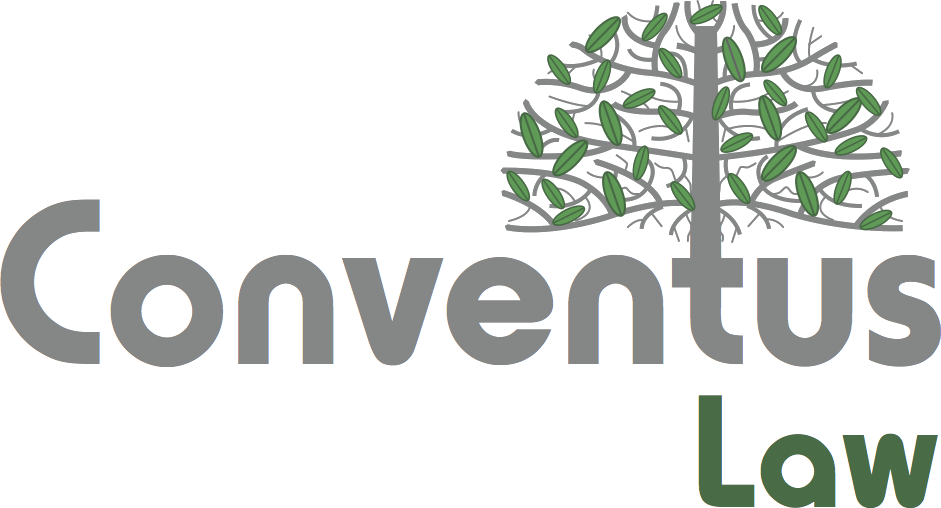The management of hazardous materials has become a critical concern for businesses worldwide. From industrial chemicals to electronic waste, these materials pose significant risks to human health and the environment. As governments worldwide implement stricter regulations, corporations face mounting pressure to ensure compliance while managing their liability exposure.
Key Global Regulations on Hazardous Materials
The Basel Convention
The Basel Convention is a global treaty that controls transboundary movements of hazardous waste. It requires corporations to obtain prior informed consent before shipping such materials across borders. Multinational corporations must navigate complex documentation requirements, waste classification systems, and ensure proper disposal methods that align with the Convention’s standards.
The REACH Regulation (EU)
The European Union’s REACH (Registration, Evaluation, Authorization, and Restriction of Chemicals) regulation represents one of the world’s most comprehensive chemical safety frameworks. Companies operating in or exporting to the EU must:
- Register all chemical substances manufactured or imported in quantities over one metric ton annually.
- Submit detailed safety data and risk management plans.
- Obtain specific authorization for substances of very high concern.
- Maintain up-to-date safety data sheets and exposure scenarios.
- Implement substitution plans for hazardous substances when safer alternatives exist.
The U.S. Toxic Substances Control Act (TSCA)
The TSCA empowers the Environmental Protection Agency to regulate chemical substances and mixtures that pose unreasonable risks. Key provisions include:
- Mandatory safety testing and reporting requirements.
- Restriction on manufacturing and distribution of certain chemicals.
- Record-keeping obligations for chemical inventory.
- Risk evaluation procedures for existing chemicals.
- Enforcement mechanisms including civil and criminal penalties.
Emerging Regulations in Asia-Pacific
China and Japan have established increasingly stringent hazardous material regulations. China’s Measures for Environmental Management of New Chemical Substances and Japan’s Chemical Substances Control Law impose substantial compliance requirements on corporations. These regulations often mirror Western standards while incorporating unique regional considerations.
Corporate Liability and Legal Risks
Non-Compliance with Regulatory Standards
Non-compliance with hazardous material regulations can result in severe consequences. In the last couple of years, many companies have been fined millions of dollars and charged with crimes due to non-compliance. Most of these cases involved improper storage, lack of appropriate safety measures, or failure to follow the procedures of waste management.
Environmental and Health Lawsuits
Corporate liability does not stay limited to regulatory fines and can also include civil litigation. Workers, communities, and environmental groups increasingly pursue legal action over exposure to hazardous materials. Successful plaintiffs have secured substantial settlements, highlighting the financial risks of inadequate measures. Mesothelioma payout timeline and proving injuries from chemical exposure are some of the challenges faced by claimants.
Mitigating Corporate Liability Through Compliance
Effective compliance programs require systematic approaches to hazardous material management. Organizations must develop comprehensive strategies incorporating:
- Regular audits and inspections of facilities and processes.
- Ongoing employee training programs.
- Emergency response planning.
- Documentation and reporting systems.
- Supply chain monitoring and verification.
- Sustainable material substitution initiatives.
The Future of Corporate Environmental Responsibility
As these regulations continuously change, driven by scientific understanding and increased environmental awareness, companies will have to remain vigilant regarding changes in regulation. Success in this complex environment requires proactive approaches to risk management, sustainable practices, and transparent communication with stakeholders. Those who embrace these challenges will find themselves better positioned to navigate future regulatory changes.




